If you took a look at the outfit he’s wearing—oversized sweats with five front pockets and a halter-top sweater—the first thought to the naked eye would be, “what the hell is he wearing and why does he look homeless?” The look seems outdated, dingy and just a bad decision across the board.
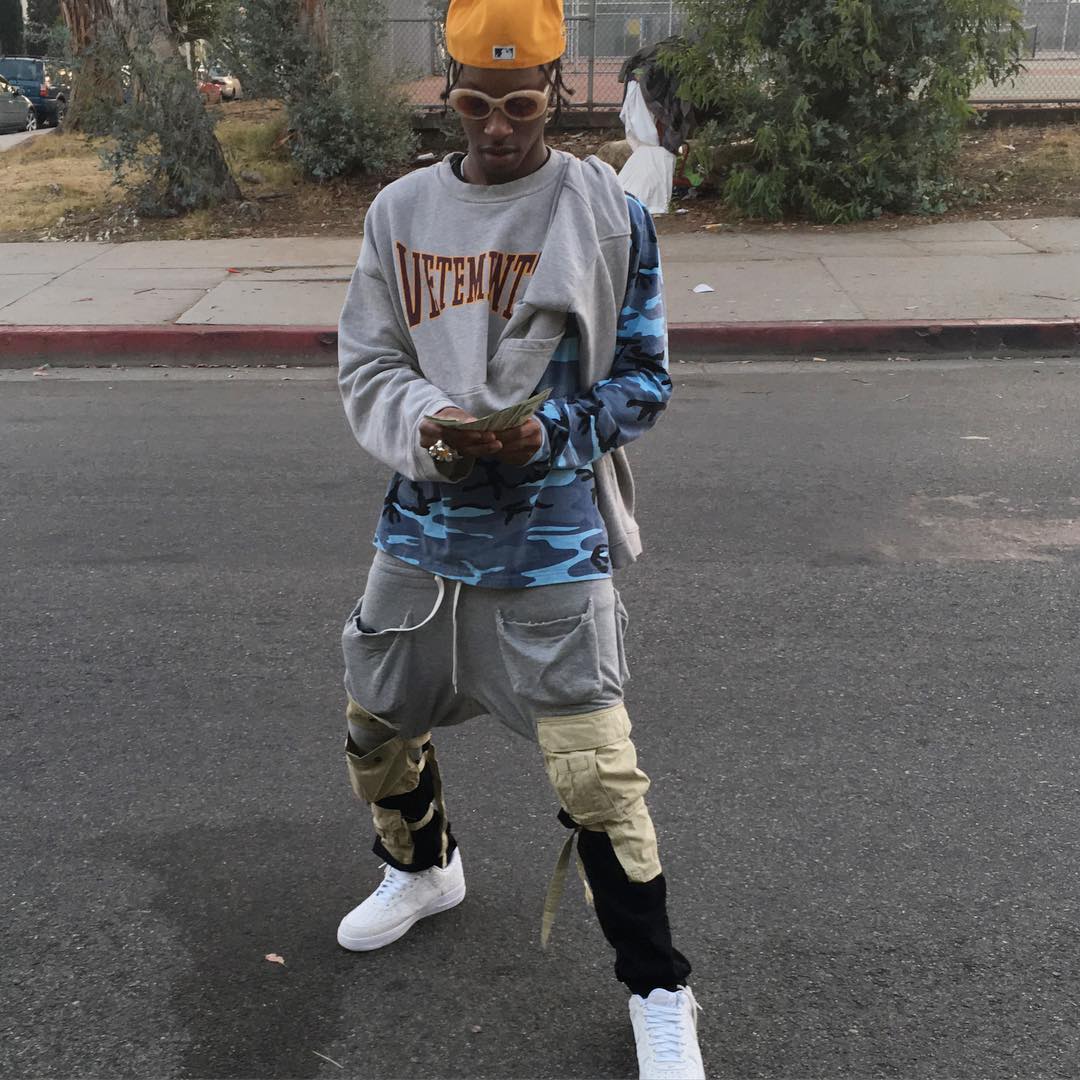
Yet to the trained eye, this look is anything but outdated. In fact, it hasn’t been duplicated by anyone thus far. Fashion fanatics rave over the outfit, that features a Vetements crewneck sweater and pair of unreleased Bstroy pants, as the 6,876 Instagram likes and comments are filled with endearing emojis and remarks. One user comments, “This will forever be iconic,” another that says “Those pants from 2030.”
The model in the picture is known to the world of fashion and social media as “Bloody Osiris.” His name stems from his alleged ties to the Harlem Blood subset, the “Nine Trey Gangstas,” which is also represented by fellow Harlem native and ‘Dipset’ rapper, Jim Jones.

Osiris has amassed a social media following that stretches over 100,000 followers on Instagram and Twitter, for his influence on streetwear, paired with his keen ability to combine clothes that designers had never intended to go together. Osiris is part of a growing movement of young creatives who are pushing the envelope on the idea of blending streetwear with high-end fashion, resulting in many brands designing clothes that are geared towards reaching a broader younger audience.
Wes Rodgers, a current Product Development major at the Fashion Institute of Technology, is no amateur in the fashion world, as he was practically born into a family of fashion. His mother, Maureen, is the head designer at Carters, while his brother, Lou, has an extensive history in fashion as well. Rodgers says he has seen the transformation of many high-end brands embodying a more urban and street approach in their designs.
“Fashion has become accessible to everyone via social media,” said Rodgers. “These high-end brands are deconstructing their prestige in order to accommodate towards the younger age group. Gucci has been really successful in doing that this year.”
But this is not the first time high-end fashion have found themselves incorporating streetwear into their collections.
Harlem designer Daniel Day, better known to the world as the “Dapper Dan,” was a pioneer in the merging of streetwear and upscale clothing. In the late seventies into the eighties, brands like Gucci and Louis Vuitton were known to represent a certain type of person. They represented status through their clothing; their ready-to-wear pieces included nothing more than suits, button-ups, loafers, and premium leathers.

Dapper Dan revolutionized this side of fashion by incorporating standard streetwear attire such as velour sweat suits, t-shirts and puffy jackets and even the interior of your Mercedes Benz with printed logos of brands like Gucci, MCM, Louis Vuitton and Fendi. Dan’s designs were worn by people who Gucci hadn’t intended their clothing be worn by: drug dealers, hustlers, and rappers. They could be seen roaming the boroughs of New York, decked out in leather Gucci jumpsuits, designed by Dan in his store on 125th street in Harlem. Dan’s popularity grew as more notable figures began sporting his designs. The extensive list included former world champion Mike Tyson, Olympic runner Dianne Dixon, LL Cool J, and Bobby Brown, all of whom were on top of the world at the time.
Of course, this caught the attention of these brands, as they realized that their likeness was being used on designs they hadn’t approved of or thought of. This created a section of clothing that hadn’t yet been seen in the world of top-end fashion: streetwear. Gucci began designing crewneck sweaters, t-shirts, and handbags that appealed to a broader audience.
At the turn of the decade, Dapper Dan’s boutique closed in 1992, but his influence and legacy lived on as rap culture took over.
In the midst of this transition, Polo Ralph Lauren and Nautica began releasing clothing geared towards competing with these hip-hop driven brands. Both brands had been known to cater to a certain demographic as well—country club members and yacht owners.
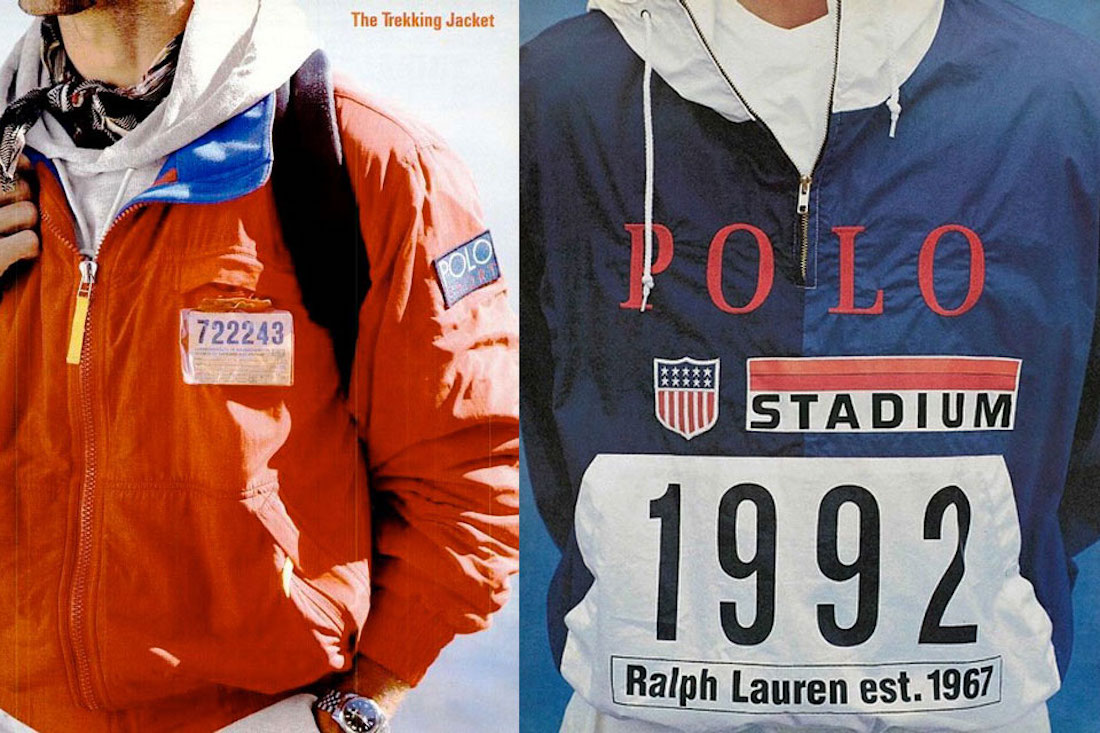
DJ Ralph McDaniels, most notably known for his work on the eighties hip-hop television show Video Hot Box, reflected on what brands like Ralph Lauren represented to him during his feature in the film Fresh Dressed.
“When you think of Versace and Ralph Lauren, it seems like it’s far away, it’s a dream and somewhere, where you would like to go and those people could care less about you. But it seems like if I can grab that and wear like I’m living a fantasy.”
People were tired of living that fantasy, feeling as if, the only way they could acquire Polo was to go to the upscale parts of NYC and either steal the merchandise or pay an arm and leg for it.
The emergence of Kross Colors, Wooly Wear, Karl Kani and many other black-owned streetwear companies in the nineties, represented a new approach on clothing, which was: bigger is better. Oversized jeans and hoodies were in and once again high-end fashion found itself on the outside looking in. Here it was, rappers who could afford to wear the likes of Gucci and Fendi, found themselves staying true to their street roots and wearing what they believed to be clothing that truly represented who they were.
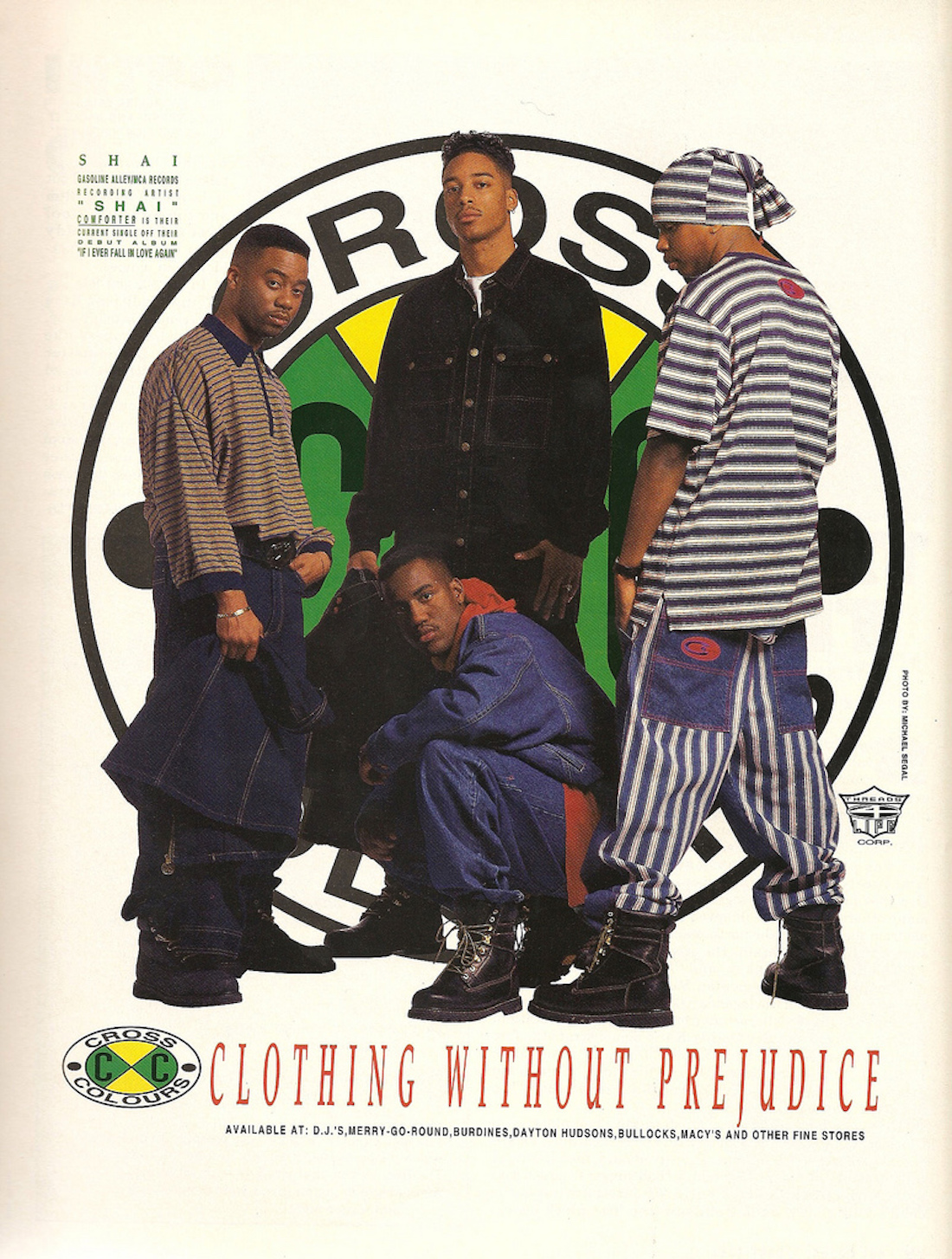
This revolution led to the birth of rapper driven clothing that turned the world on its ear. Jay-Z had “Roca Wear,” Puffy had Sean John and Russell Simmons had “Phat Farm.” These brands were different than anything the world had seen from artists, they transitioned from just rappers into businessmen and fashion icons. Sean John wasn’t just jeans and tracksuits, the line featured a formal wear selection that included suits, ties and button-up shirts. Not only did this time in fashion signify that artists could be competitive, in a field they were viewed as mere novices in but it also alerted the world that once again high-end brands were not needed in the streets.
The success of Roca Wear and Sean John (both of which made a recent resurgence) opened the doors for many other artists to start their own lines, most notably, Pharrell’s “Ice Cream/Billionaire Boys Club” line.
Although it seemed streetwear was gaining respect amongst its target demographic, the feeling of stagnation and an urge to break out of a box that streetwear seemed to outgrow, hip-hop artists felt the need to once again try their hand combining with the upper echelon of fashion.
Most people will not remember Kanye West’s sneaker collaboration with Louis Vuitton during the release of his third album, “Graduation.” What more people will remember is Kanye’s rant during his controversial interview on “Sway in the Morning,” and his infamous “How Sway” quote.
Aside from his one-liner, Kanye unlayered the obstacles he faced in trying to immerse himself into fashion. His frustration grew as he saw the success of his shoes with Louis Vuitton, yet no high-end brands would allow him to create independently under their umbrella.
“It’s very difficult to get high-end, respected, fashion people to work with someone that’s considered to be a musician,” said West.
This acquiescence of high-end designers to accept hip-hop artists into its domain is exactly why streetwear continues to be a dominant force in the industry and it is the same reason why fashion figures like Osiris and his counterparts, continue to be looked upon as inspiration in the age of social media fashion.
Those pushing this new movement are now removing themselves from the ilk of mainstream high-end fashion and have set their sights on exclusive runway brands, such as Raf Simons and Rick Owens.
Rodgers, who says his style has grown extemporaneously since he fully immersed himself into fashion and noted that he too, has strayed away from mainstream fashion.
“I think with designers like Rick Owens or Raf Simons, their clothes can be hard for the average person to wear. However, the beautiful thing about their clothes, is that when you take one of their pieces and make it look good with the rest of your outfit, it makes you look and feel really good. That is why these designers are so successful.”
He also spoke on the recent collaborations of streetwear and upscale brands, stating, “I think it was great publicity for Supreme to collab with Louis Vuitton. I wouldn’t be surprised if another streetwear brands collabs with a designer brand.” He continued to speak to the growing “hypebeast” culture that exists today, especially amongst the younger generation.

“There’s always going to be young kids getting introduced to this “hypebeast” stigma and becoming obsessed with it. So as long as that stigma is around these companies are always going to make money. It’s sad walking by the Supreme store nowadays and seeing moms in line waiting to get into the store.”
While the culture continues to propel itself forward, styles that were once in, are now resurfacing. An up and coming, New Jersey-bred designer, Imran Moosvi, known to most by his Instagram handle @Imran_Potato, has pretty much followed the same exact footsteps as Dapper Dan.
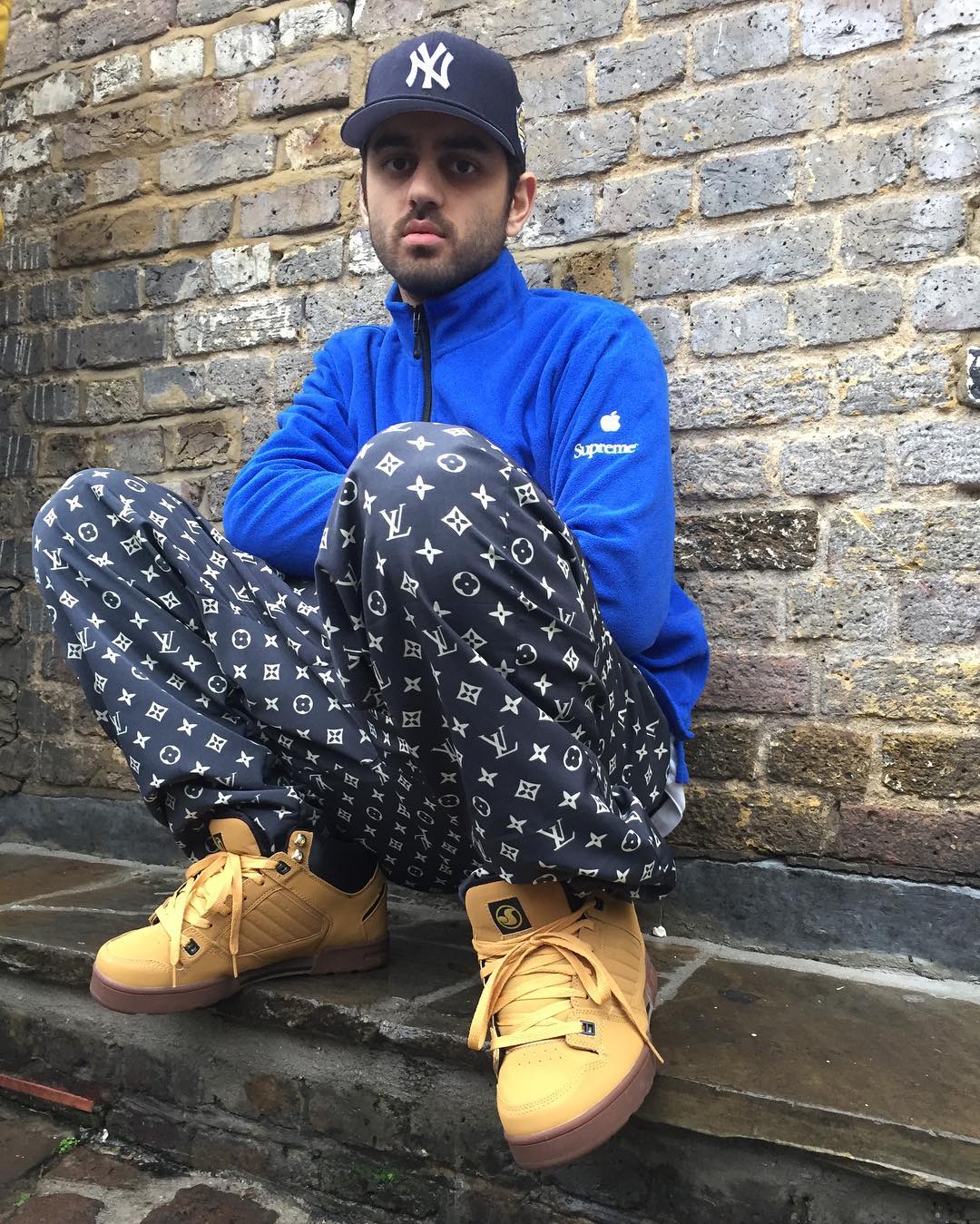
Like Dan, Moosvi’s designs have caught the attention of many celebrities, including, Lil’ Yachty, Tyga, Kylie Jenner, Travis Scott and many more.The recent University of Michigan graduate, has created a name for himself with a collection of custom bootlegs, that feature prints from designer brands, on everything from sneakers to motorcycles and even Uno cards. Although his designs are new, it reminds us that as fashion progresses, it still never forgets where it originally comes from.

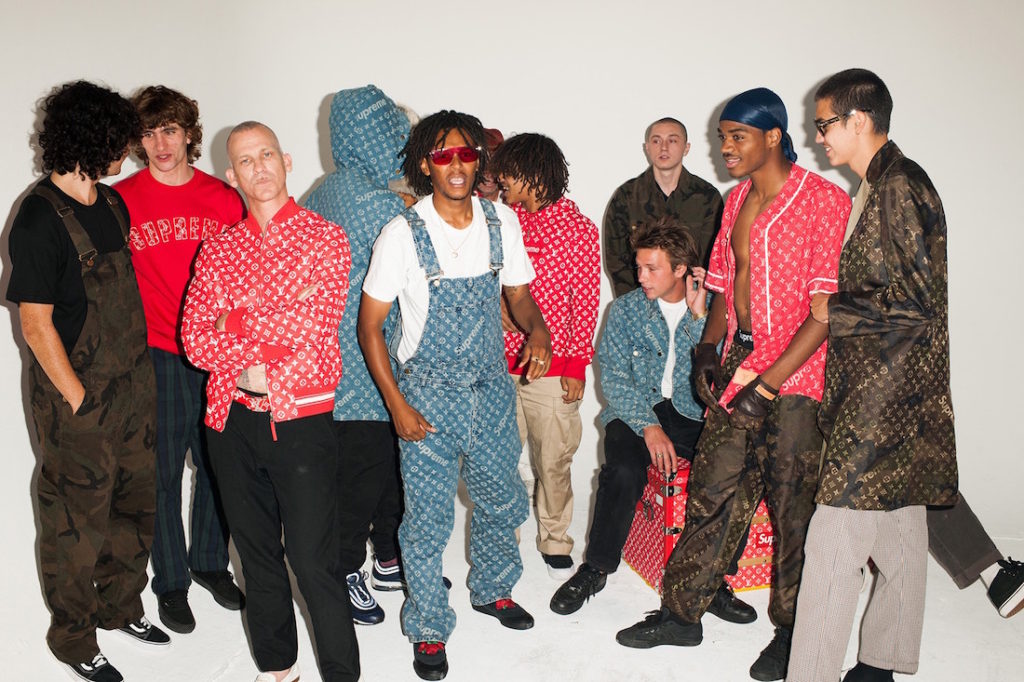
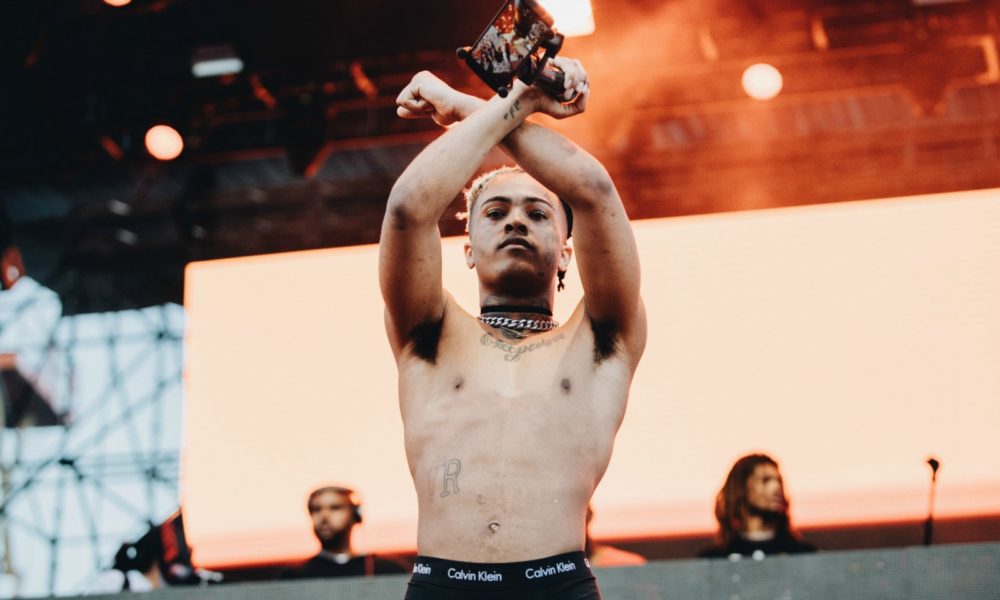

Comments are closed.